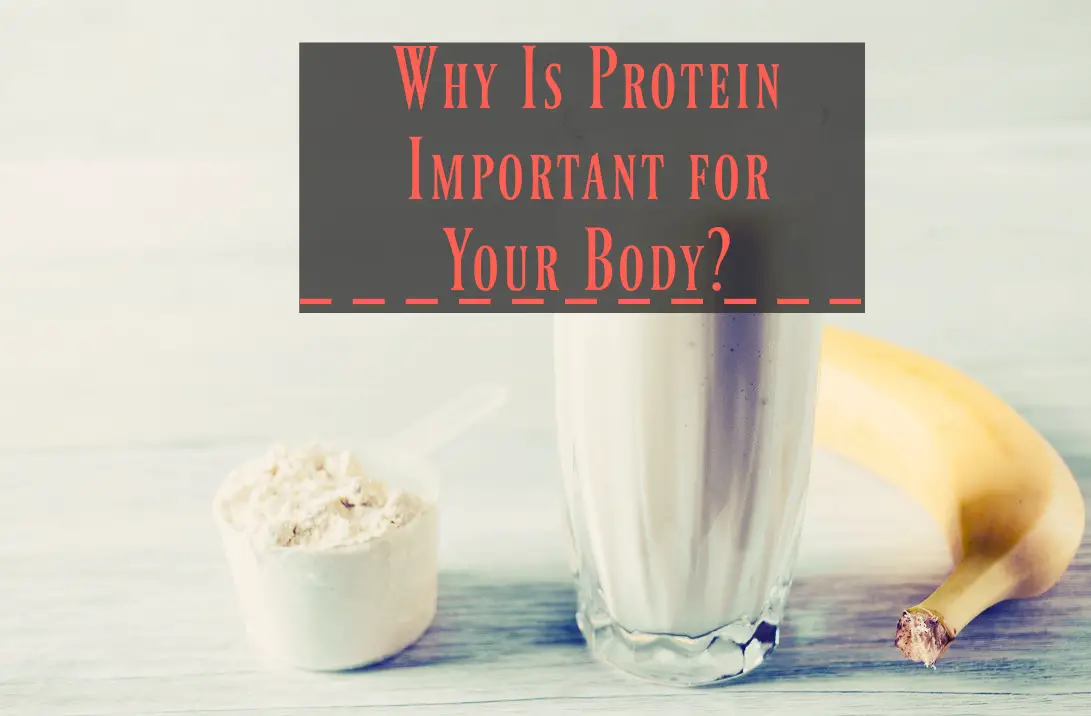The human body uses three types of macronutrients: carbohydrates, proteins, and fats.
All are necessary for the diet in varying proportions. You should aim for between 10 and 35 percent of your daily calorie count to consist of protein, bearing in mind that a lot of protein-rich foods also contain fat.
How do our bodies use protein?
There are two types of proteins in human biology: enzymes and structural proteins.
Nothing, absolutely nothing, in the human body happens without the involvement of protein.
Every single biochemical reaction, from the breakdown of glucose into carbon dioxide and water to the formation of new bone in the repair of a fracture, involves enzymes.
Structural proteins include collagen in the skin and in connective tissues like tendons, ligaments, and cartilage.
Cartilage is found in the larynx and respiratory tract and the external ear. It also lines the articulating surfaces of the knees, ankles, and elbows.
The infant skeleton contains a higher percentage of cartilage than the adult and is gradually replaced by bone as the child grows.
What kind of protein is used in this transition from cartilage to bone?
Enzymes!
What is an enzyme?
An enzyme is a type of catalyst, which helps to speed up a chemical reaction by lowering the activation energy necessary for it to get started.(1)
Catalysts work by forming a platform that places the reactants close together and in the right positions for the reaction to take place.
It’s kind of like basting or pinning two pieces of fabric together before running them through the sewing machine.
Without them, your material would be flopping around all over the place and you would have a hard time forming a straight seam.
Scientists have calculated that 37 thousand billion chemical reactions take place in the human body every second.
Dr. Richard Wolfenden is a member of the National Academy of Sciences and an alumni professor of chemistry, biochemistry, and biophysics at the University of North Carolina at Chapel Hill.
He reported that a single step in creating nucleic acids, the building blocks of DNA and RNA, would take 78 million years in water in the absence of enzymes. (2)
Protein structure

The function of a protein determines its structure.
Enzymes are globular molecules made up of building blocks called amino acids, of which there are 20 that we need to worry about.
Using loads of other enzymes, amino acids are linked together according to a sequence that is determined by the particular gene that codes for that enzyme.
Once a chain of amino acids gets long enough, it starts to fold and twist on itself until held together by internal molecular attractions, and it forms its own distinct shape.
This is called specificity and explains why there are so many different enzymes.
Structural enzymes are built in largely the same way, but they are made from fewer different amino acids than their enzymic counterparts.
This makes them less globular and more elongated.
Protein turnover
Eventually, cells die and proteins and other macromolecules break down.
That is why the body needs a constant source of proteins in the diet so that these proteins can be replaced to create new cells.
Resources
(1)https://www.ncbi.nlm.nih.gov/books/NBK9921/
(2)https://www.med.unc.edu/biochem/news/without-enzyme-biological-reaction-essential-to-life-takes-2-3-billion-years-unc-study/
Leave Feedback: Was this article helpful?

